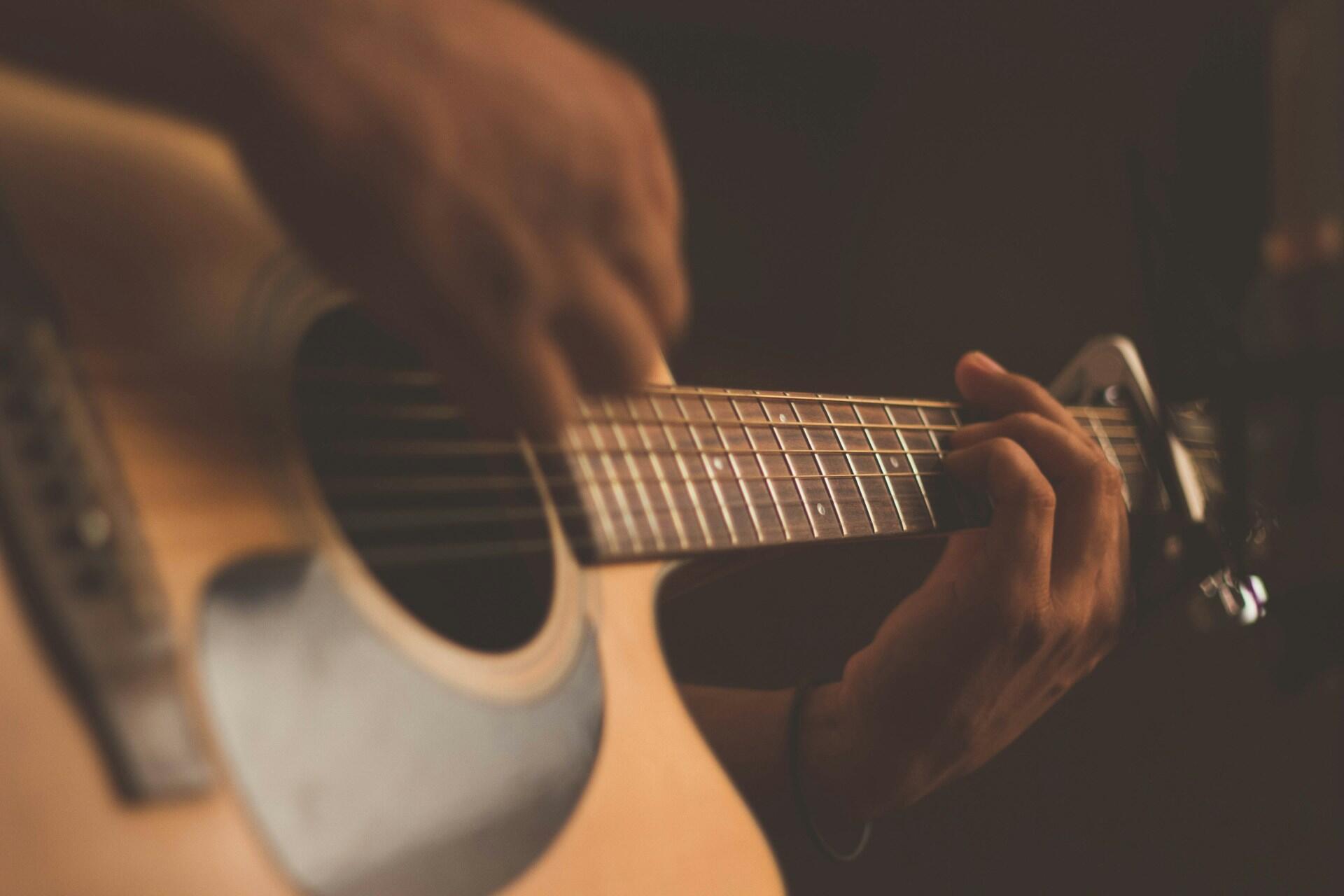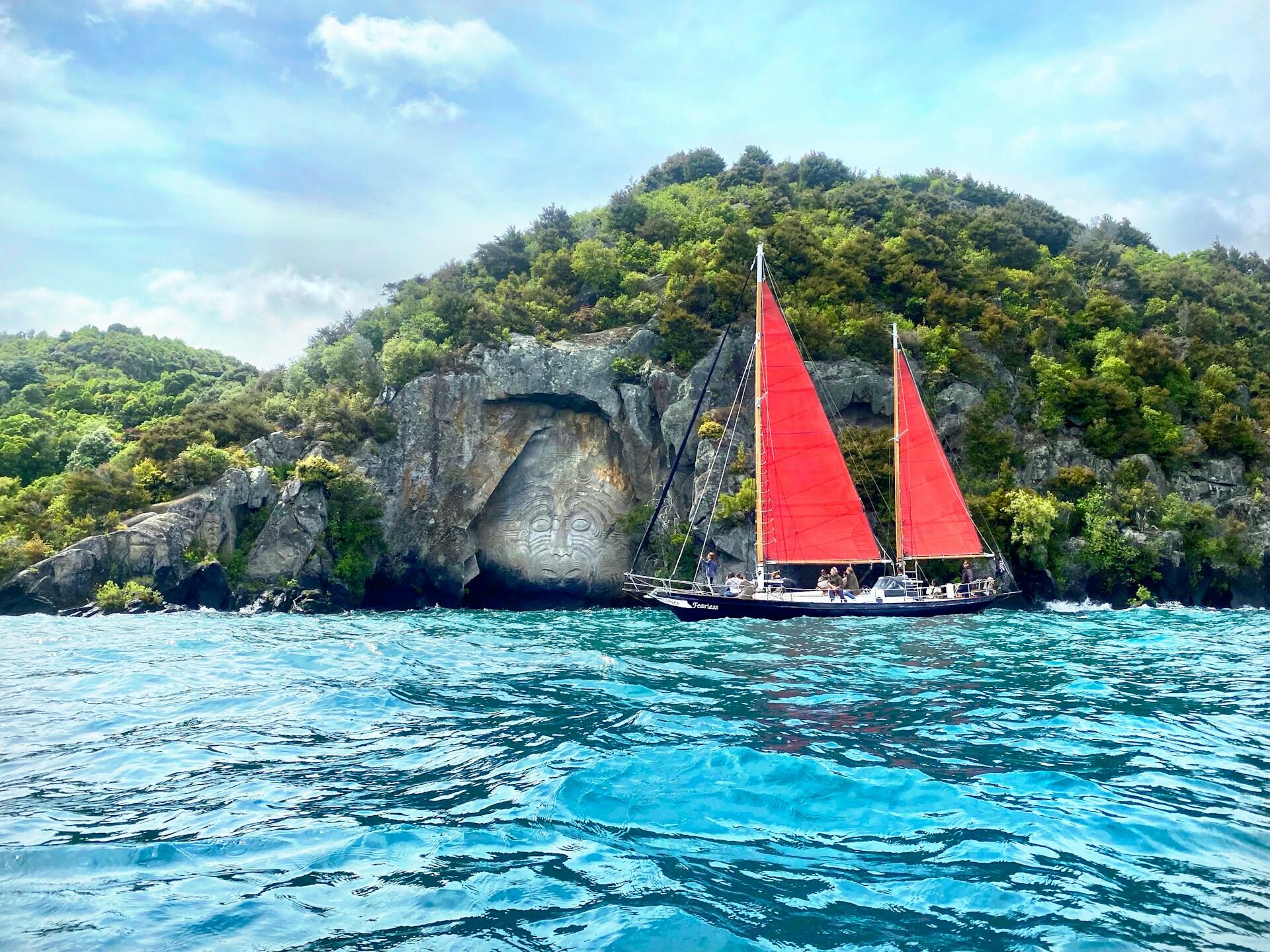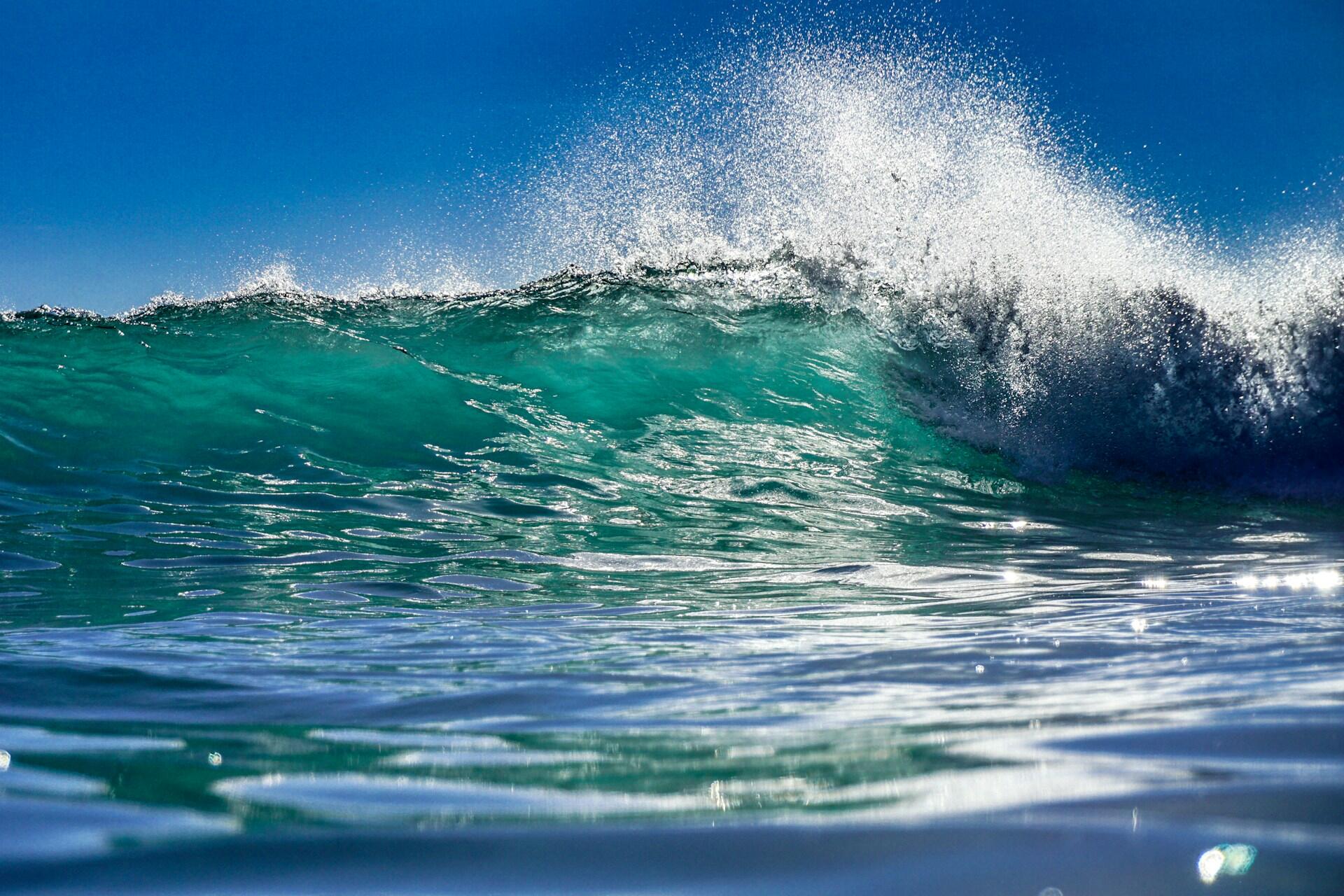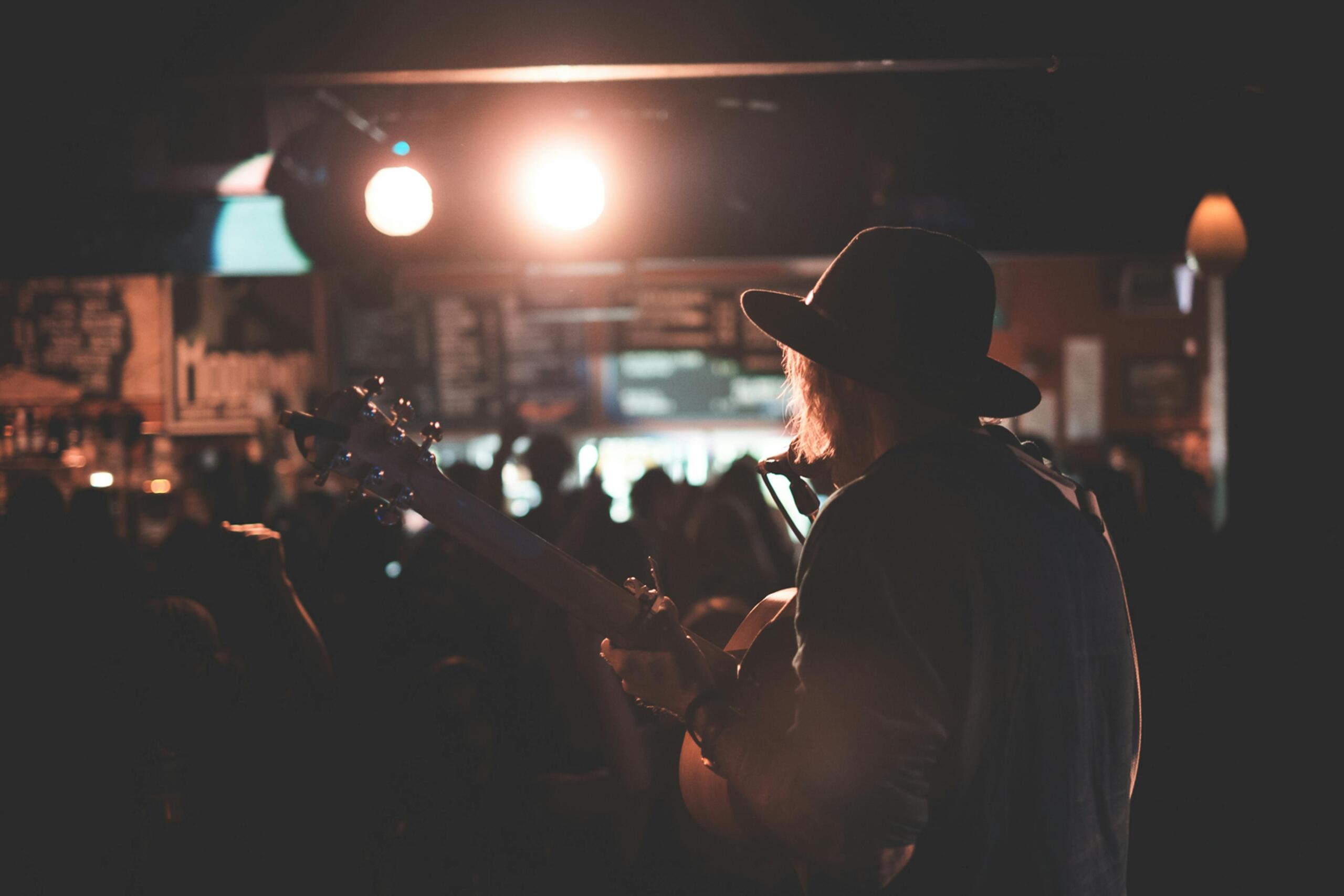The world of Māori music is undergoing a transformation. Traditional waiata are coming together with the contemporary sounds of pop, hip-hop, reggae, and soul, to name a few. This has breathed new life into Māori cultural expression while bringing the beautiful Māori language (te reo Māori) to more people than ever.
With artists like Stan Walker, Maisey Rika, and Ria Hall, ancient traditions and modern types of storytelling are resonating with listeners in Aotearoa and beyond. Their music is helping artists celebrate their identity, resilience, and connections while showing new generations the power of te reo Māori.
Here, we'll explore just a few of the incredible contemporary Māori songs and artists leaving the charge, showcasing some of the more significant aspects of this cultural resurgence.

The Evolution of Māori Waiata
Māori waiata are central to this cultural resurgence. They've long been a cornerstone of Māori cultural expression and served as just one of the ways Māori communities have been able to preserve history, tell stories, and celebrate identity.
Traditionally, Māori musical traditions used mōteatea. These are chant-like songs that were passed down through generations. They are rich in poetic language and metaphor and often performed without instruments, which means that they relied heavily on voice, rhythm, and intonation to convey meaning.
Blending Tradition with Modern Sounds
It wasn't until the mid-20th century that traditional Māori music, particularly popular waiata, shifted towards more contemporary sounds. Māori musicians started incorporating Western instruments and genres into their work. The fusion of traditional Māori elements and traditional instruments with modern sounds like reggae, pop, and hip-hop has brought a vibrant wave of new music.

For example: Traditional Māori instruments like the koauau (flute) and pūtōrino (bugle/flute) are used alongside modern production techniques.
Songs like Stan Walker's Aotearoa seamlessly blend te reo Māori with soaring pop vocals, creating a powerful anthem that honours Māori culture.
Te Reo Māori as the Heartbeat of Contemporary Music
One key aspect of contemporary Māori music is the use of te reo Māori (the Māori language) in the songs.
Many modern Māori artists weave Māori lyrics and themes into their music, which helps keep the language alive while being inspired by other musical traditions, allowing the music to feel accessible and relevant to modern audiences.
The evolution of Māori waiata reflects the resilience of Māori culture, proving its ability to adapt while staying true to its roots.
Fusing the old and new has made Māori music much more inclusive, especially with younger audiences, including those around the world, not just in Aotearoa.
Though there are waiata that are great for kids, older kids may be more interested in contemporary music.

Notable Contemporary Māori Musicians
The rise of contemporary Māori music is being propelled not by any single artist, but by many Māori artists.
The musicians who skillfully blend traditional Māori elements with modern genres are helping to create songs that resonate across generations and cultures.
We can't name them all, but for those new to contemporary Māori music, these artists are a good place to start.
Stan Walker
Stan Walker is a chart-topping artist and a proud advocate of Māori culture. He's most famous for his powerful vocals and heartfelt lyrics, with music bridging the gap between mainstream pop and Māori cultural identity.
His music often incorporates te reo Māori, which helps him connect with diverse audiences and celebrate his heritage.
Notable Song: Aotearoa
This anthem, performed in te reo Māori, celebrates Māori pride and unity. Its soaring melody and powerful message make it a standout in Walker's discography.
🎧 Listen on Spotify:
Stan Walker uses his platform to champion Māori language and culture, inspiring listeners worldwide.
Maisey Rika
Maisey Rika is a famous singer-songwriter with an emotive voice. Her poetic lyrics have captivated audiences in New Zealand and further afield.
Her music regularly focuses on love, identity, and resilience, with lyrics in te reo Māori and English.
Notable Song: Tangaroa Whakamautai
This song pays homage to the Māori god of the sea, Tangaroa. It's a fine example of traditional storytelling using contemporary melodies.
🎧 Listen on Spotify:
Maisey Rika’s music embodies the beauty and strength of Māori storytelling in a modern context.
Ria Hall
Ria Hall combines Māori music with reggae and soul music. With a bold an innovative sound, her music often includes themes of social justice, cultural pride, and resilience.
Notable Song: Te Ahi Kai Pō
This song combines strong Māori vocals with powerful rhythms. It's a passionate commentary on cultural preservation and identity.
🎧 Listen on Spotify:
Ria Hall’s fearless artistry shines through in her ability to merge activism with music.
These are just a few select Māori artists to get you started with contemporary Māori music. As you dig deeper, you'll discover even more incredibly talented artists.
The Role of Te Reo in Music Today
One key aspect of contemporary Māori music is its potential to help revive te reo Māori.
After all, the language was at risk of being lost because of colonisation and the subsequent language suppression. However, thanks to various cultural movements, including the use of the language in contemporary popular music, the language is preserved and celebrated.
Reviving a Language through Music
The use of te reo Māori has allowed Māori artists to:
- Revitalise the Language: Incorporating te reo into music ensures it reaches wider and younger audiences, encouraging people to learn and use it in daily life.
- Celebrate Identity: Singing in te reo allows Māori artists to express their cultural pride and connect with their roots.
There have also been initiatives like Waiata Anthems Week, which have helped bring te reo Māori to the forefront of New Zealand's music scene. This annual event has artists releasing songs in te reo Māori.
Reaching New Generations
Contemporary Māori songs are also a way to reach new and younger listeners. A combination of traditional language and modern beats allow artists to create culturally meaningful music while also ensuring that it's universally appealing.
For example, songs like Stan Walker’s Tēnā Rā Koe and Maisey Rika’s Waiaroha highlight how te reo Māori can be seamlessly woven into pop, soul, and acoustic genres.
Through music, te reo Māori has found a dynamic platform to flourish, inspiring pride and connection in the hearts of all listeners.
Te Reo Māori on the Global Stage
Māori music isn't just in New Zealand. There are lots of songs that have gained recognition outside of New Zealand, which has helped bring Māori culture to global audiences:
- Maisey Rika and Trinity Roots have performed internationally, introducing the beauty of te reo to new ears.
- Films like Moana (released in te reo Māori) have helped elevate the language in global entertainment.

Global Impact of Māori Contemporary Music
Māori contemporary music has transcended the borders of Aotearoa (New Zealand), and audiences worldwide can also enjoy it. This unique combination of traditional Māori cultural expression and contemporary musical styles has made the songs far more successful than they would have otherwise been if they were simply traditional Māori waiata.
Voices on the World Stage
Māori musicians have also gained recognition at international events and festivals, where they can introduce even more audiences to the beauty of waiata and Māori culture.
- Stan Walker’s performances in Australia and the United States have brought Māori pride and identity to the forefront of his music career.
- Maisey Rika and Troy Kingi have performed at international music festivals, blending traditional Māori storytelling with contemporary styles to mesmerise global audiences.
Cross-Cultural Collaborations
By working with other artists from around the world and embracing other musical cultures, Māori artists have been able to create unique fusions of sound, including:
- Ria Hall's reggae-inspired tracks blend Māori themes with Caribbean rhythms.
- Collaborations between Māori and Polynesian artists, highlighting shared heritage and cultural ties across the Pacific.
Cross-cultural collaborations allow Māori music to connect with diverse audiences while honouring its roots.
Streaming and Global Accessibility
Platforms like Spotify and YouTube have also helped bring Māori music to more listeners than ever. Listeners from across the globe can explore different types of music, watch lyric videos in te reo Māori, and learn more about the songs' stories.

Inspiring Indigenous Movements Worldwide
Māori music has also helped inspire other indigenous communities around the world, many of which have experienced similar histories to the Māori people in New Zealand. First Nations artists in Canada, as well as Native American musicians, can use Māori artists as an example of how music can empower cultural identities.
Māori music is more than entertainment—it’s a powerful reminder of the resilience and beauty of indigenous cultures.
Māori contemporary music breaks boundaries with its messages of love, unity, and cultural pride. Māori musicians are also ensuring that their stories and traditions remain alive while introducing new audiences to them.















